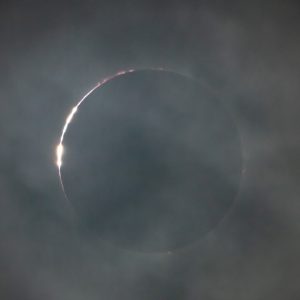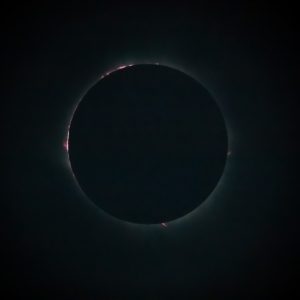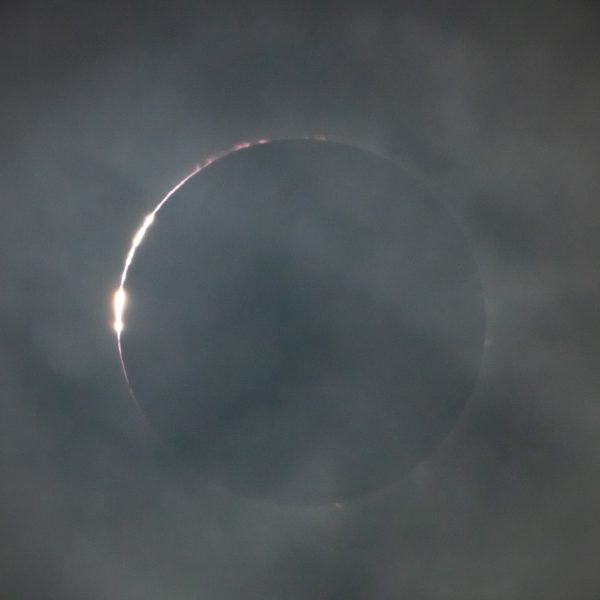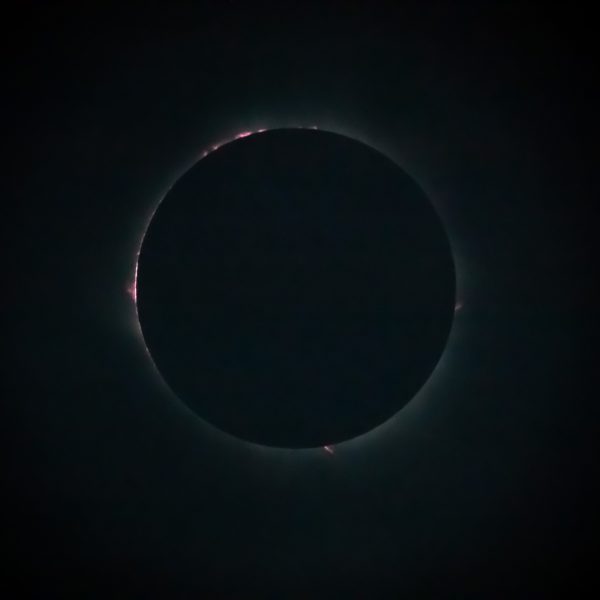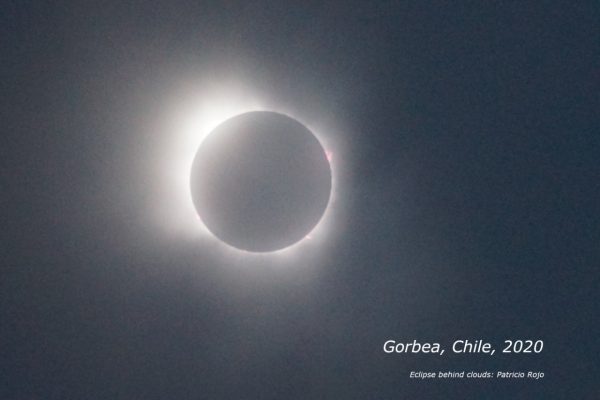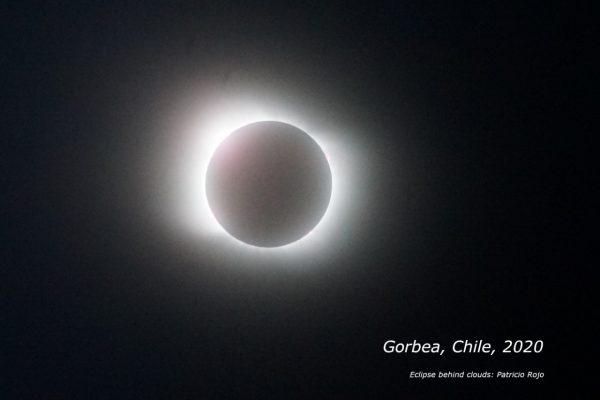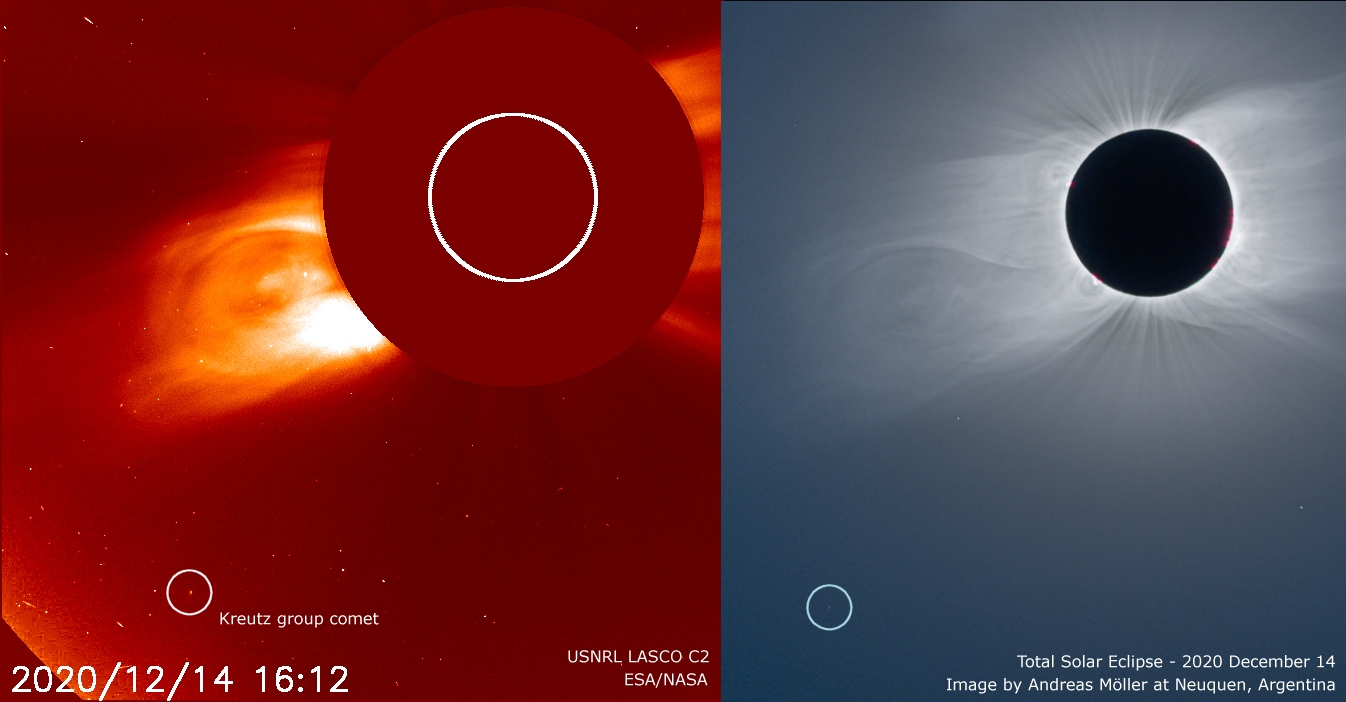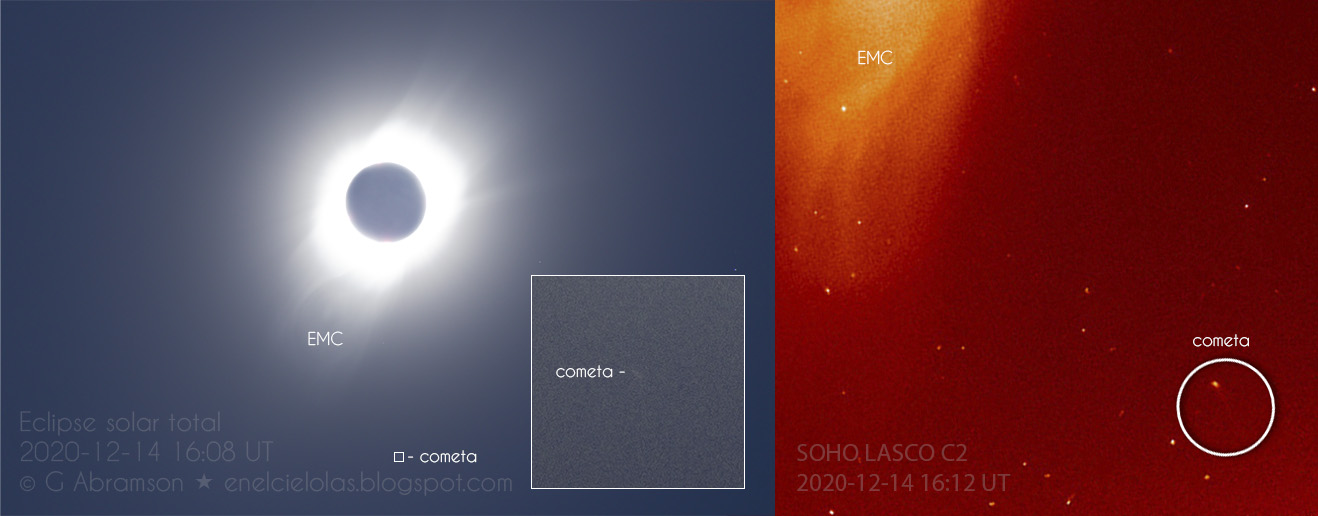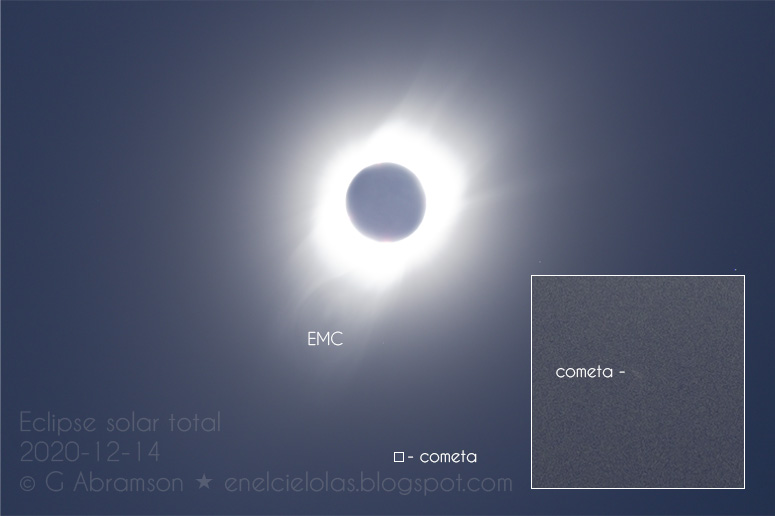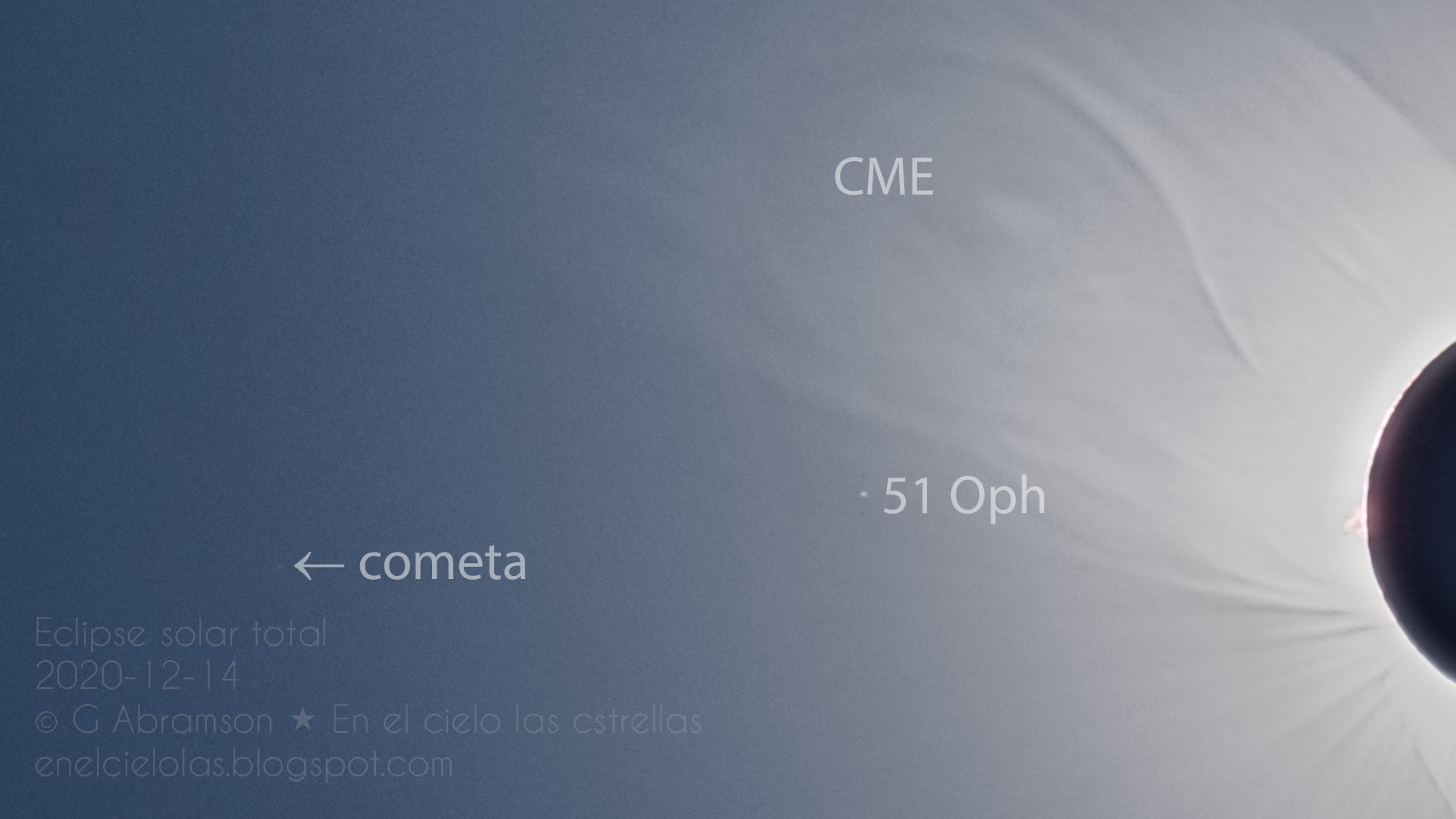December 14, 2020 – Total Eclipse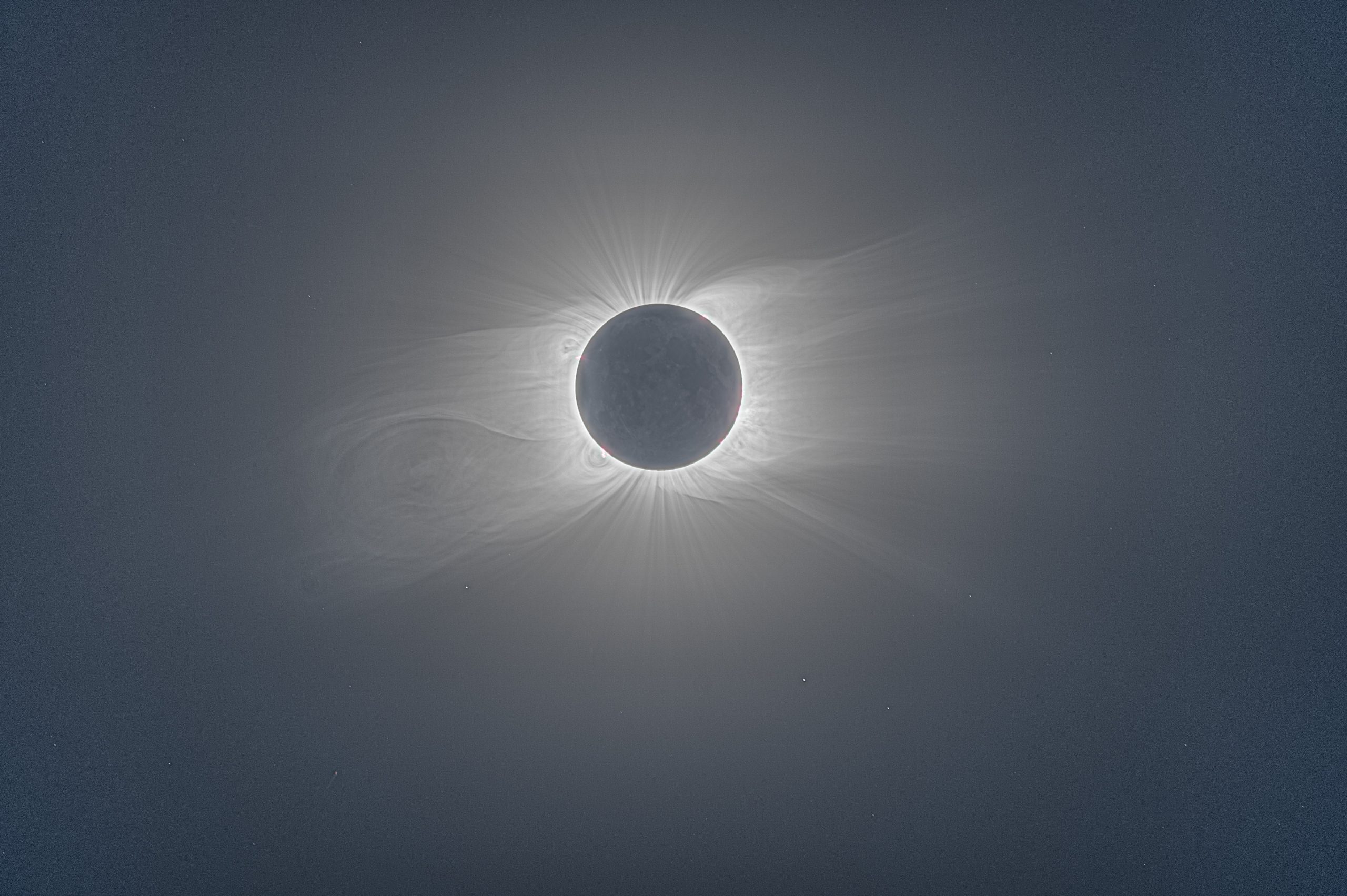 Compound image from 65 originals from Andreas Möller at Piedras del Aguila made by Roman Vanur/Jay Pasachoff, including a coronal mass ejection (CME) at left and an eclipse comet, Comet/SOHO-4108, also observed from U.S. Naval Research Laboratory’s C2 coronagraph on the European Space Agency’s Solar and Heliospheric Observatory (SoHO) and with NASA’s STEREO-B spacecraft.
Compound image from 65 originals from Andreas Möller at Piedras del Aguila made by Roman Vanur/Jay Pasachoff, including a coronal mass ejection (CME) at left and an eclipse comet, Comet/SOHO-4108, also observed from U.S. Naval Research Laboratory’s C2 coronagraph on the European Space Agency’s Solar and Heliospheric Observatory (SoHO) and with NASA’s STEREO-B spacecraft.
Pasachoff Jay M., Vojtech Rusin, Roman Vaňúr, 2021, “Observations of the December 14, 2020, Total Solar Eclipse,” AAS meeting, January, paper 405.02, 1/14/2021.
Prominences at the solar limb by Verónica Espino, director of the Planetario Galileo Galilei, Buenos Aires, from El Condor near Las Grutas, Argentina
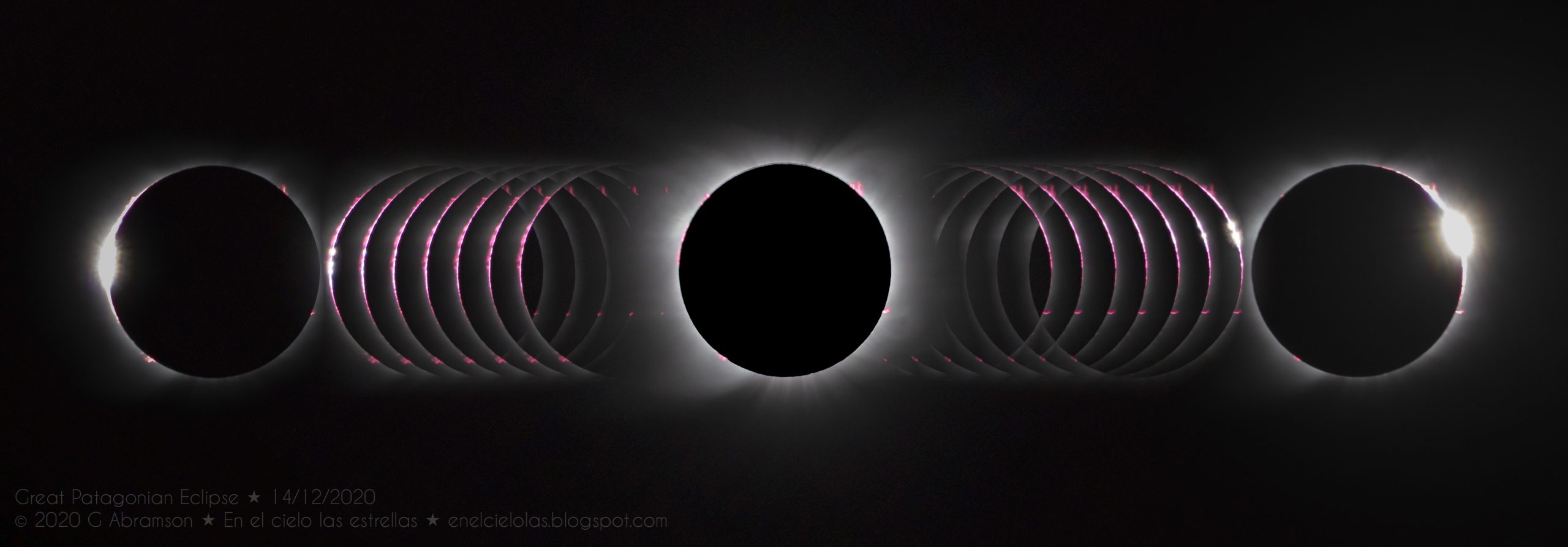
Física Estadística e Interdisciplinaria – Centro Atómico Bariloche / Instituto Balseiro
http://fisica.cab.cnea.gov.ar/estadistica/abramson
http://guillermoabramson.blogspot.com
2020, Argentina/Chile
Press release by NASA’s Goddard Space Flight Center: a fade in and out between the predictions by Predictive Science Inc of San Diego, CA, by Jon Linker, Ron Caplan, Pete Riley, and Cooper Downes compared with the composite image: Jay Pasachoff, Andreas Möller, Patricio Rojo, Verónica Espino, et al./Williams College Expedition (Christian Lockwood, David Sliski, Alan Sliski, Theo Boris, Xavier Jubier, Thierry Legault)/NSF AGS/computer composite by Wendy Carlos.
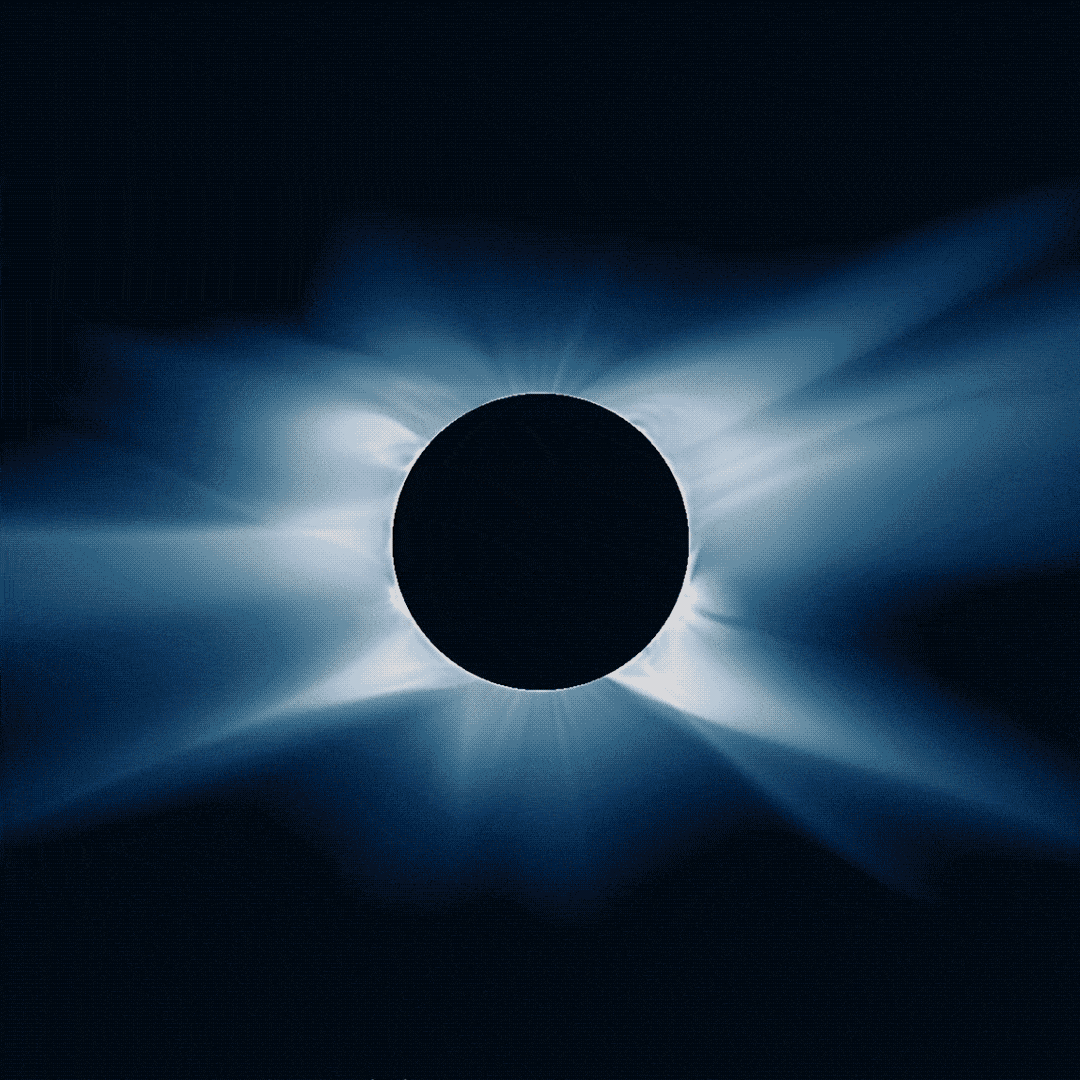
Eclipse prediction — https://www.nasa.gov/feature/goddard/2020/scientists-use-nasa-data-predict-appearance-corona-dec-14-total-solar-eclipse
Eclipse comet — https://www.nasa.gov/feature/goddard/2020/recently-discovered-comet-seen-during-2020-total-solar-eclipse-SOHO
Prominence images from Verónica Espino, director of the Planetario Galileo Galilei, Buenos Aires
Comet C/2020 X3 (SOHO)
[SOHO-4108]

The comet, is named/numbered courtesy of Karl Battams, Solar and Heliospheric Physics Branch, US Naval Research Laboratory, with orbit discussed with the Minor Planet Center of the International Astronomical Union based at the Harvard-Smithsonian Center for Astrophysics: Bill Gray, Dan Green, Federica Spoto/Matt Holman. It was spotted on a SoHO LASCO/C2-coronagraph image by Worachate Boonplod, one of the citizen scientists known as SOHO comet hunters. It also shows on a COR-2 image from NASA’s STEREO-A COR-2 coronagraph.
Eclipse comet — https://www.nasa.gov/feature/goddard/2020/recently-discovered-comet-seen-during-2020-total-solar-eclipse-SOHO
Eclipse prediction — https://www.nasa.gov/feature/goddard/2020/scientists-use-nasa-data-predict-appearance-corona-dec-14-total-solar-eclipse
Note: The only other SOHO comet discovered during an eclipse was in 2008
Article by Ed Cliver about the 1893 “eclipse comet”: “Was the Eclipse Comet of 1893 a Disconnected Coronal Mass Ejection?”
Click to Activate GIFS:
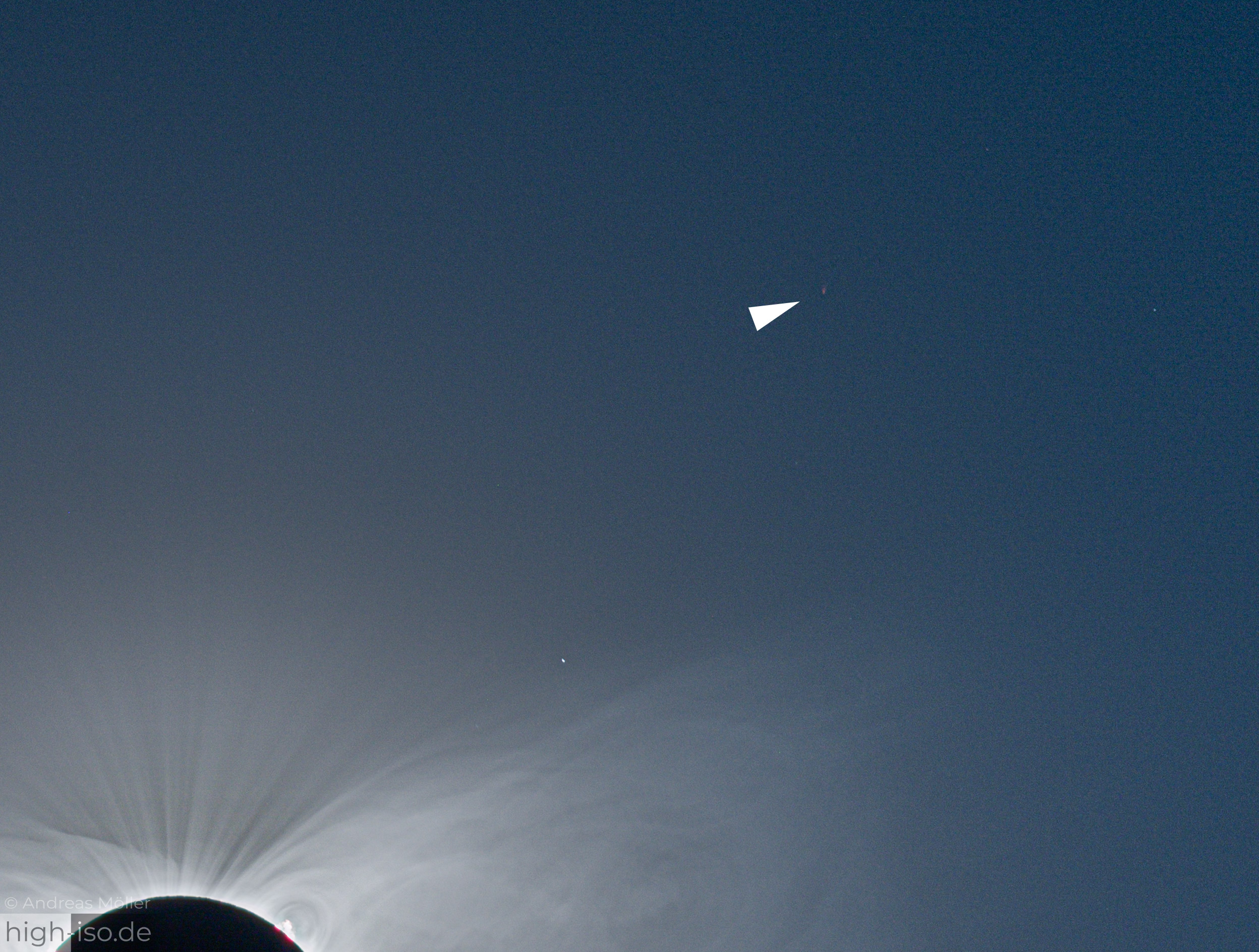
Minor Planet Electronic Circular 2020-Y19 MPEC
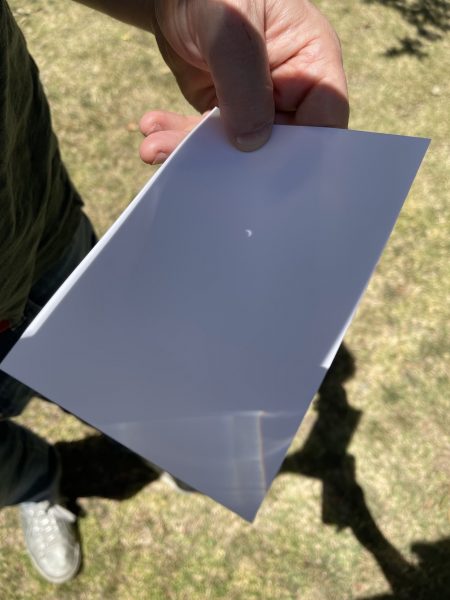
Dr. Guillermo Abramson
Física Estadística e Interdisciplinaria – Centro Atómico Bariloche / Instituto Balseiro
http://fisica.cab.cnea.gov.ar/estadistica/abramson
http://guillermoabramson.blogspot.com
BEFORE THE ECLIPSE
Forbes article: Discouraging about getting to December’s eclipse
JMP’s eclipse research receives major support from grant AGS-903500 from the Solar Terrestrial Program, Atmospheric and Geospace Sciences Division, U.S. National Science Foundation. Student participation will be enhanced by the Freeman Foote Expeditionary Fund, Williams College.
